Puerto rico precipitation: Puerto Rico Average Precipitation – 2022 Data – 2023 Forecast
Precipitation and Wind – You and El Yunque… a rainforest
Climate: Precipitation and Wind
Precipitation increases with elevation
- Rainfall increases quickly for the first 300 meters up from sea level and then continues to rise “in a linear fashion.”
– At 100 meters, annual precipitation is 2,300 mm.
– At 700 meters, annual precipitation is 4,700 mm.
- Intensity: El Yunque Forest has many lighter rain showers with only occasional strong storms.
- Heavy rainfall at mountain peaks flows into the beginnings of El Yunque Forest’s major rivers. Approximately 20% of the Puerto Rican population gets its water from the Forest.
(Harris 16)
_____________________
El Yunque Rain Forest versus Puerto Rico
- Compared to the rest of Puerto Rico, El Yunque Rain Forest has a much narrower range of rain from one location to another and it also has significantly more rainfall than anywhere else in Puerto Rico (NOAA data).

(Billmire 58)
_____________________
Rainfall Varies with the Seasons
Dry Season (e.g., March) Wet Season (e.g., October)
- Dry season (e.g. March): monthly rainfall ranges from 125 mm to
250 mm.
- Rainy season (e.g. October): monthly rainfall ranges from 200 mm to
370 mm.
- Dry periods in the mountains are days and weeks, not months like
they are in monsoon regions.
(Harris 18)
_____________________
Hurricanes
Hurricanes impact plants and animals in the ecosystem:
- Wind: causes nutrient and biomass transfers when trees fall, branches snap, leaves fall
- Example: Hurricane Hugo left a thick layer of leaf litter on forest floor equal to more than a year of normal litter.
 Defoliation is the most common effect of hurricanes.
Defoliation is the most common effect of hurricanes.
– Removal of the canopy can increase light levels at the forest floor.
Increased light can result in higher photosynthesis rate and
different species surviving in that location.
- Rain: causes landslides, which move objects from where they had been before, changing the landscape and habitats of animals, resulting in changes in food chains, migrations, deaths and adaptations.
– Increased runoff and sediment into watersheds can lower the
water quality for animals
How Much Does It Rain in El Yunque?
El Yunque is not only the rainiest place on the Island, but it is also the rainiest forest of all the National Forests.
Soul-refreshing, body-cooling, and enchanting! That’s just a few ways you can describe the ambiance at El Yunque National Forest, the only tropical rainforest in the U.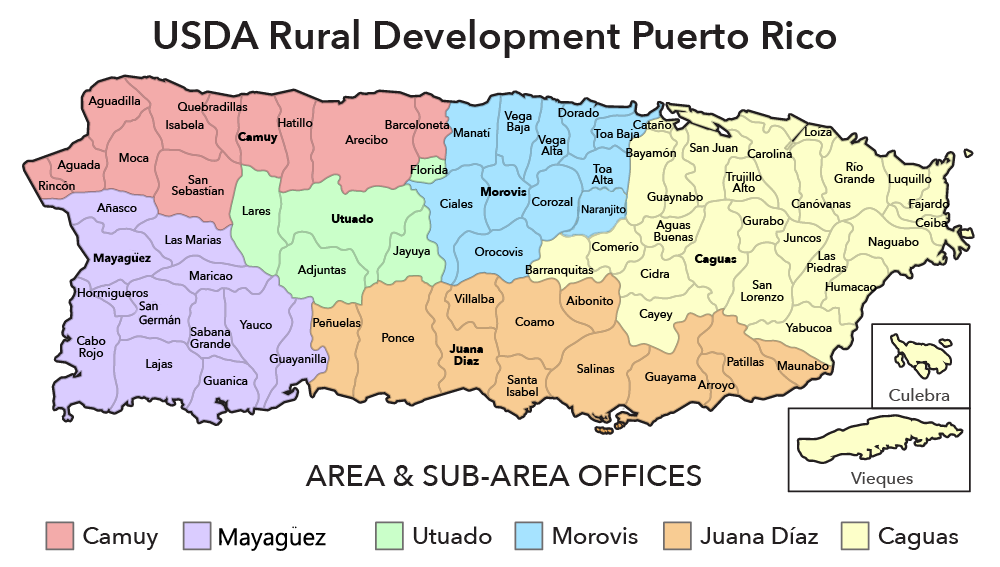 S. National Forest System.
S. National Forest System.
Located on the east side of Puerto Rico, this forest is known to be one of the most biodiverse spots in the mainland and across the states. There, you’ll find very lush trees and bushes – 240 species to be exact, endemic fauna like the beloved coquí and Puerto Rican parrot, and bountiful waterfalls, rivers, creeks, and streams.
Yes, this is the ideal place to practice your Tarzan jungle call!
While it is not a waterpark, the “rain” part in the rainforest qualification is very accurate. It rains at least four times a day in inner parts of El Yunque, and this is vital for the various ecosystems on the Island and its residents.
Since you’re bound to get wet when you visit, it is essential to wear sturdy shoes to avoid slipping on the wet, muddy road when you venture into de mountains. Grab a raincoat or an umbrella, or simply dance under the rain as you explore one of Puerto Rico’s crown jewels.
youtube.com/embed/f2zZ7HMCh5w?autoplay=0&start=0&rel=0&modestbranding=1&enablejsapi=1″>
El Yunque is the only tropical rainforest in the U.S. National Forest Service, and one of Puerto Rico’s most beloved natural gems. El Yunque has a very diverse ecosystem, hosting hundreds of unique plant and animal species, including Puerto Rico’s famous coquí frog.
Here are some facts about the water in El Yunque
- Rainfall comes in showers multiple times a day, with records showing from 0 (extremely rare) up to 9 inches of water in a single day. On average, that’s about 100 Olympic-sized pools per day!
- El Yunque is not only the rainiest place on the Island, but it is also the rainiest forest of all the National Forests, with an average of 120 inches of water up to 240 inches of water a year. That is over 100 billion gallons of rainwater! That billions of gallons, combined with water from the eight major rivers that originate in the forest, make up 20% of the drinkable water in Puerto Rico.

- The primary public uses of the water drained from the forest are municipal and domestic water sources. There are also recreational opportunities for the visitors and surrounding communities, such as natural pools to swim in and scenic waterfalls for that perfect instagrammable shot.
- There is a dwarf forest within El Yunque since the constant cloud cover and rainfall make it difficult for plants and trees to take root because the soil is so wet, so the plants grow miniaturized versions of themselves at the highest points of the mountains.
Explore El Yunque Hiking Trails
Reserve your spot!
To guarantee visitors and the Forest Service employees’ safety and health, you must wear a facemask at all times and reserve your visit in advance through www.recreation.gov/.
Only one reservation per vehicle is required, and it can be booked up to a month before your visit. Tickets for your car are free, but the booking engine charges a small fee payable by credit or debit card.
A percentage of reservations may be released 24 hours before opening to accommodate those spontaneous outdoor enthusiasts.
Note: Your entry ticket can be used to enter from 8:00 a.m. to 11:00 a.m. and 12:00 p.m. to 3:00 p.m. daily. Recreation areas close at 5:30 p.m.
Visit El Yunque National Forest
In El Yunque it is easy to have encounters with our beloved little frog, the coquí.
Adopt a Coquí
Puerto Rico is full of natural beauty and unique habitats like mangroves, rainforests, coral reefs, salt flats, bioluminescent bays, and caves from the coast to the mountains.
The heart and soul of the Caribbean has 36 nature reserves, with El Yunque being the most important. The only rainforest in the U.S. National Forest System is home to the coquí, our beloved tiny frog.
In good time, you’ll plan a future visit to our forest to enjoy their serenade in person. But, in the meantime, you can virtually adopt a coquí and support on-Island sustainability and conservation programs.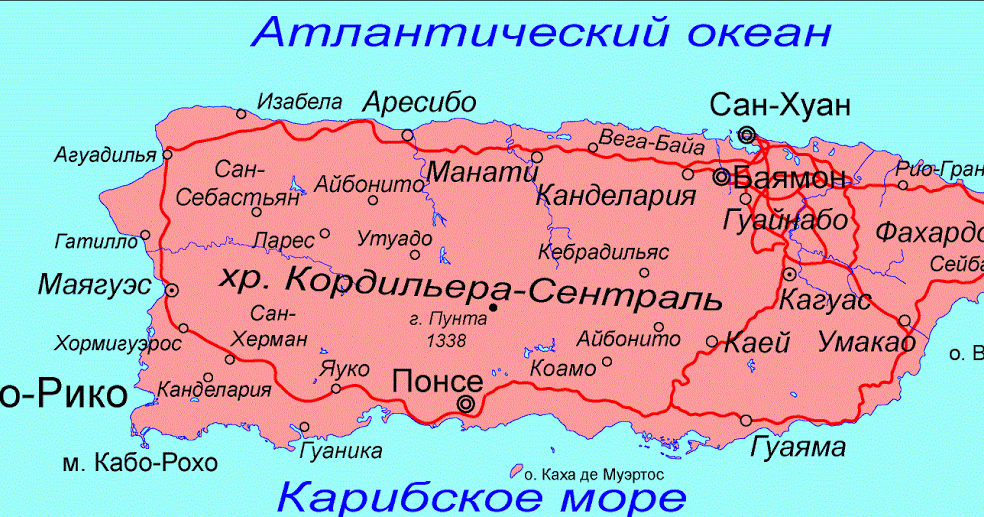
CLICK HERE TO DONATE!
Share this
Tags
Outdoors
Recommended Articles
See All Articles
Weather in Puerto Rico today ⋆ Weather forecast Puerto Rico now ⇒ Puerto Rico, Colombia
Colombia, Caqueta
Now in Puerto Rico
Feels +24°C
Warm
Partly cloudy, no precipitation
| Chance of precipitation | 0 % |
|---|---|
| Wind | 1 m/s |
| Pressure | 731 |
| UV index | 0/12 |
| Humidity | 63 % |
| Rainfall | Ø mm |
Weather forecast updated at 8:48 © Meteoprog.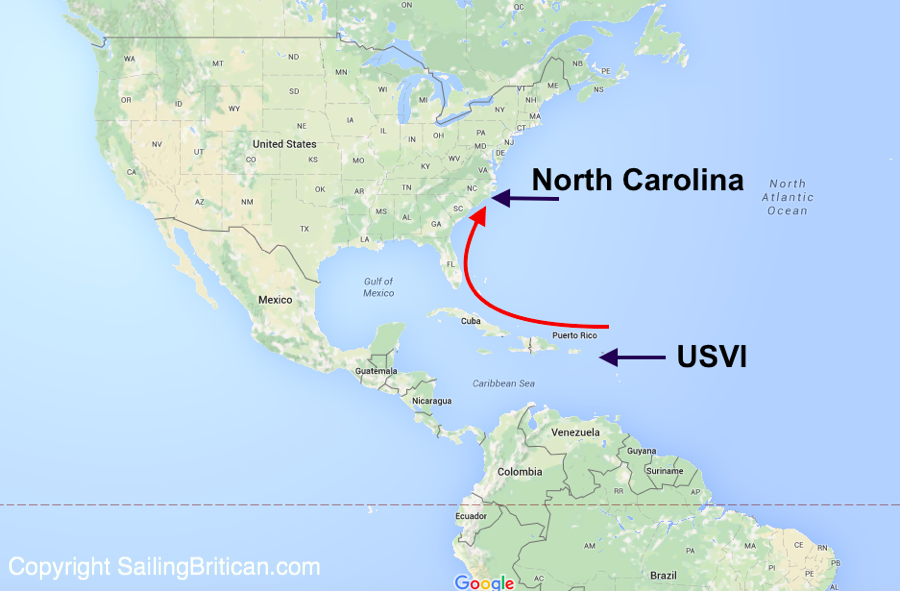 com
com
Today
February 20
+23 ° C
+35 ° C
Tomorrow
February
+24 ° C
9000
9000
+34 ° C.
Wednesday
22 February
+24 ° C
+33 ° C
Thursday
9000 9000 9000 23 February 23
+24 ° C
+35°C
A week
Puerto Rico: reference information
The maximum air temperature recorded in Puerto Rico for the last 74 years of observations is +36°C, recorded on February 20, 2007.
The absolute minimum of +21.1°C was recorded at 1997 year. The average temperature for this day is +30.2°C.
The heaviest rainfall in Puerto Rico was recorded on February 20, 1969 – 102.18 mm. The maximum wind gusts were in 2018 – up to 13.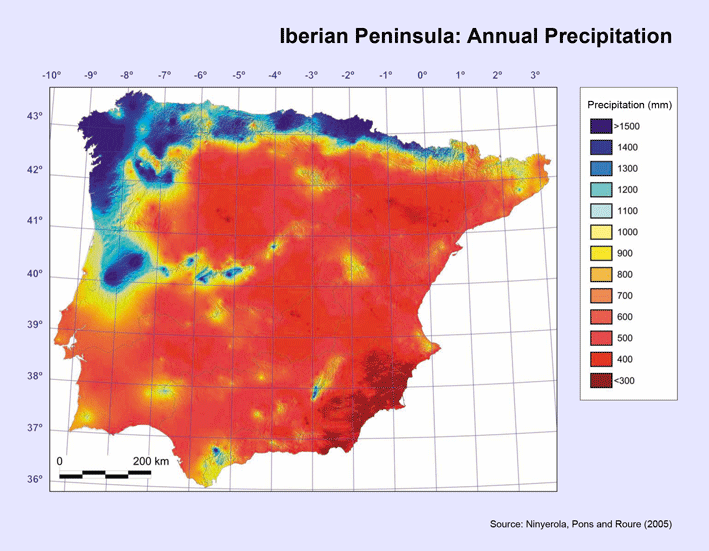 77 m/s.
77 m/s.
Weather map
Weather in other regions
Bogotá
+10°
Medellin
+12°
Kali
+20°
Manaus
+22°
Barranquilla
+23°
Cartagena
+22°
Soacha
+11°
Kukuta
+21°
Bucaramanga
+19°
Soledad
+23°
Ibags
+18°
Villavicencio
+22°
Ibags
+18°
Ibague
+18°
Santa Marta
+23°
Monteria
+23°
Valledupar
+22°
Pereira
+16°
Bello
+14°
Pasto
+9°
All cities
Country Puerto Rico.
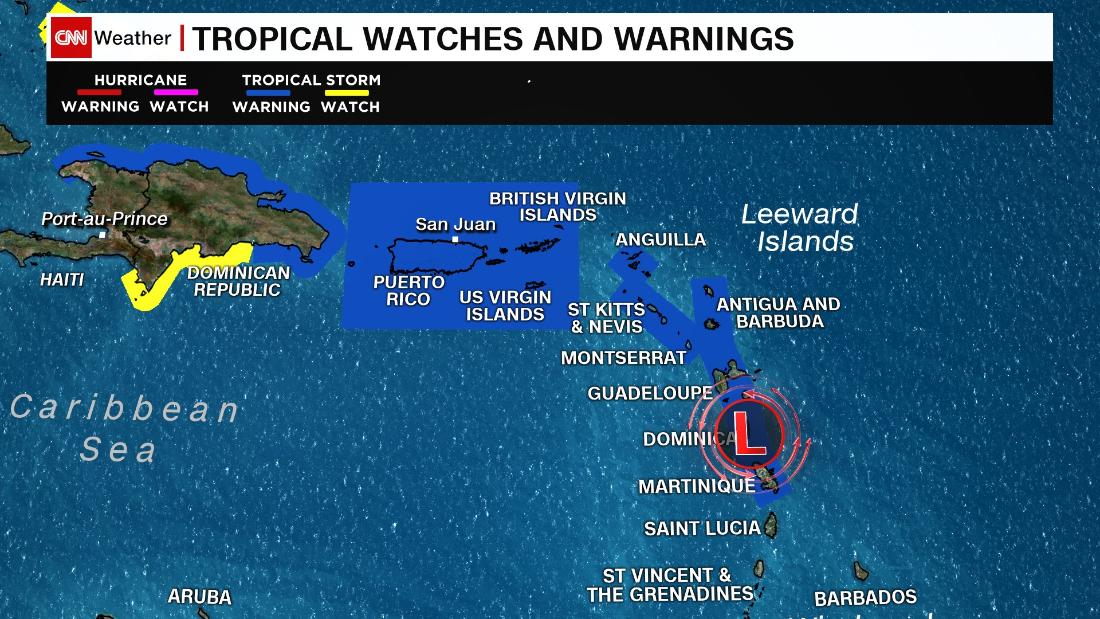 Climate. Temperatures. Precipitation – Green Garden
Climate. Temperatures. Precipitation – Green Garden
Home » Ecology
Author Gardener Reading 3 min. Posted
Commonwealth of Puerto Rico, United States Territory (a US dependent country, but with its own constitution). Territory of sports beaches with white sand and turquoise waters. The country is located in the Caribbean Sea between the Dominican Republic and the Virgin Islands and is home to nearly 4 million people who enjoy a tropical climate year-round.
Characteristics
Puerto Rico, located in the tropics and completely surrounded by water, the country’s climate is classified as tropical maritime. The characteristics of this type of climate include several seasonal variations and high relative humidity. The prevailing winds, known as the trade winds, blow from the east and moderate temperatures, so the island rarely experiences extreme temperatures or cold, as it does in Russia, with its many cool Russian rivers, lakes, and forests.
Contents
- Topography. Terrain
- Temperatures
- Precipitation
- Tropical storms
Topography. Terrain
A wide belt of mountains known as the Cordillera Central extends through the middle and south of Puerto Rico, with the island’s highest peak, Cerro de Punta, rising to 4,389 feet. The coastal plains are parallel to the mountains to the north and south, and the southern plains are narrower than the northern ones. Puerto Rico’s varied topography means that parts of the island experience desert weather while others are considered rainforest. The southern coastal plain is the warmest region, while the inland mountains experience the coolest temperatures.
Temperatures
Winters and summers in Puerto Rico experience low temperatures. Average temperatures: 70-80 Fahrenheit. The temperature decreases with height, on average 5-15 degrees lower in the mountains. Despite being tropical, Puerto Rico’s record is only 98 degrees, below the record levels in all 50 US states, including Alaska.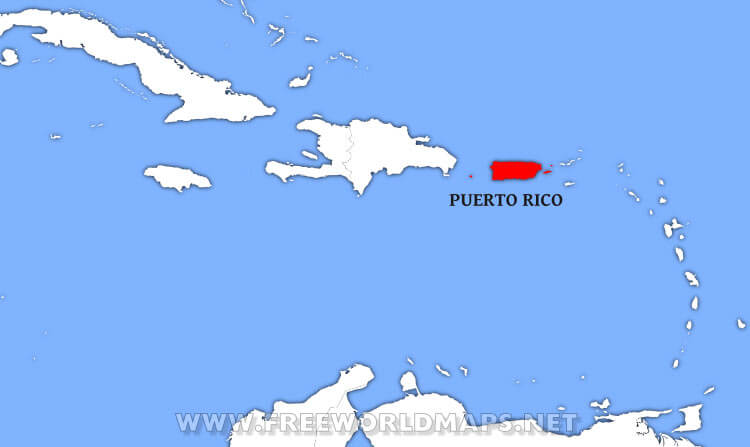 It’s never cold enough in Puerto Rico to snow; the lowest recorded temperature was 39 degrees Fahrenheit, which was high in the central mountains.
It’s never cold enough in Puerto Rico to snow; the lowest recorded temperature was 39 degrees Fahrenheit, which was high in the central mountains.
Precipitation
Puerto Rico’s rainy season is not as wet as many other tropical islands, but it’s worth watching nonetheless. More precipitation falls between May and November than in winter and early spring. Rainfall typically occurs in short phases, spectacular bursts rarely lasting more than an hour or two, except in tropical storms. Puerto Rico’s south coast is the driest area, where some locals receive only 36 inches of rain a year, creating a desert-like climate. Droughts sometimes occur here, especially in February and March. In contrast, the central mountains can receive up to 200 inches of rain per year. The rainiest part of the island is the El Yunque rainforest in the northeast.
Tropical storms
The Atlantic Basin hurricane season begins every year on June 1 and ends on November 30, but tropical storms can occasionally form in May and January.

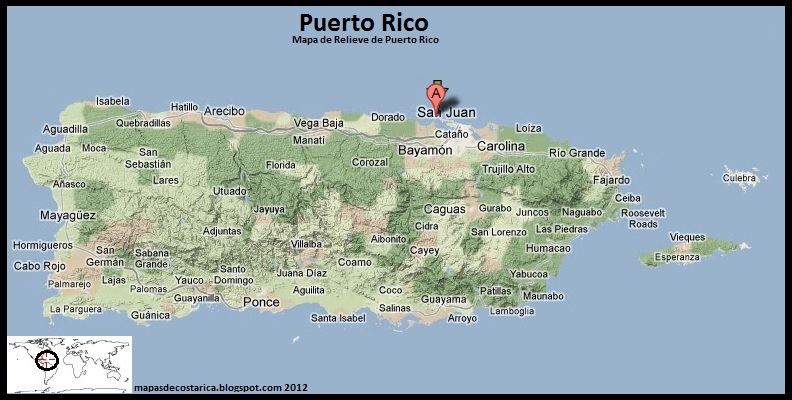 Defoliation is the most common effect of hurricanes.
Defoliation is the most common effect of hurricanes.